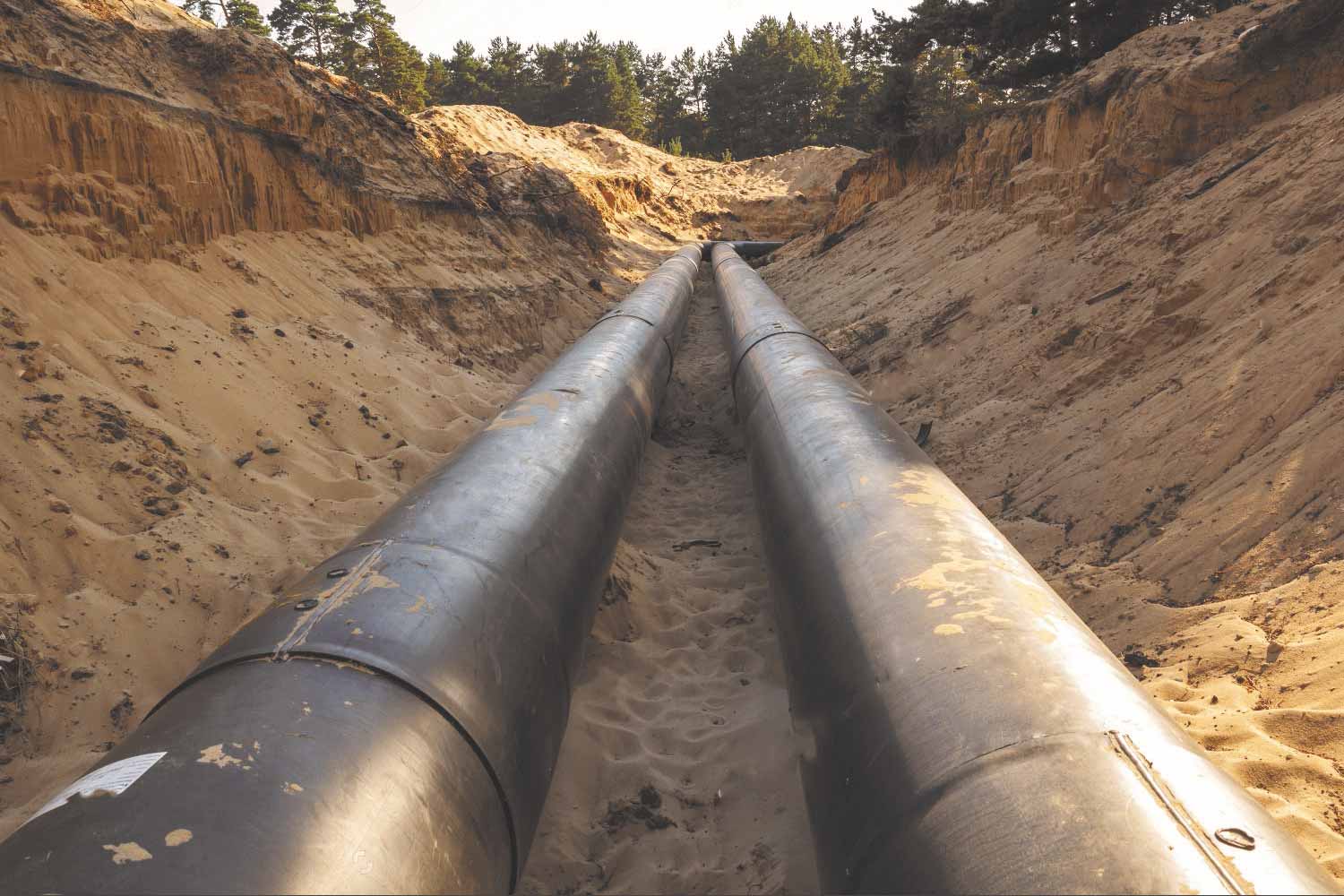Pipelines serve as crucial components of infrastructure worldwide, facilitating the transportation of various substances such as oil, gas, and water, both within and across borders. The proper functioning and maintenance of these pipelines are essential not only for the smooth operations of industries but also for the overall health of the global economy. However, when pipelines experience failures, the consequences can be severe – posing significant threats to human lives, financial gains, and the environment.
Fortunately, the advent of advanced smart monitoring systems presents a solution to mitigate the risks associated with pipeline failures. These innovative systems leverage the power of the rapidly expanding Internet of Things (IoT) by seamlessly integrating IoT sensors into the monitoring process. Through the deployment of these IoT sensors, pipeline operators can detect potential issues and ensure that the piping infrastructure remains in optimal condition for an extended duration.
HITACHI: Using Sense, Think, Act Systems to Improve Water Supplies
Water is a crucial area where the IoT is playing a big part in changing the way companies monitor pipes. One firm that has embraced the technology in a big way is Hitachi, which is applying it to the Japanese water system. Using as a basis the ideas of “sensing, thinking, and acting”, Hitachi has installed hundreds of kilometers of optical fibers in drains across Japan. These fibers allow them to sense water levels and the presence of corrosive gases. They can even provide feedback regarding general water quality.
With this data, technicians can sense when water levels are reaching dangerous levels, helping to handle potential floods. And the fiber optic system is optimized to deal with earthquakes as well. Through an Internet of Things-based remote sensing system, Hitachi is now in control of what passes through Japan’s water pipelines and drains, allowing them to “think” through challenges with all the information they need.
In water pipeline management, the utilization of IoT sensors and wireless systems revolutionizes the monitoring process. Water level sensors integrated into pipelines enable precise measurement and monitoring of water levels throughout the pipeline network. This facilitates efficient allocation of water resources and aids in early detection of leaks or blockages. The timeliness in addressing such issues significantly saves costs, preserves this finite resource, and prevents widespread water scarcity and environmental damage.
SHELL: Employing the Internet of Things to Protect Oil Pipelines
The situation is similar in the oil and gas sector, where industry giants are revolutionizing the way, they monitor oil and gas supplies. In the Niger Delta, Shell has sought new ways to prevent leaks, which reduce profits and damage the environment and claim lives. By installing wireless Random Phase Multiple Access (RPMA) networks, they can keep track of metrics like pressure and temperature across their network without requiring huge investments in power infrastructure. Up in Alaska, far away from Nigeria, Hilcorp Energy has used similar solutions. Their Kenai Peninsula pumping operations were vulnerable to unpredictable failures. So, they installed an IoT-based monitoring network, enabling technicians based in Ohio to monitor flows through their piping in the Arctic.
In oil and gas monitoring, the integration of IoT sensors into pipeline infrastructure represents a game-changing development. These sensors provide unparalleled insights into the vital signs of pipelines, such as pressure levels, flow rates, and temperature fluctuations. By continuously monitoring these parameters, operators can promptly identify any deviations, enabling them to address potential problems before they escalate into major crises. This proactive approach not only ensures the safety of personnel and assets but also safeguards the environment from hazardous leaks and spills.
The many benefits of Using Smart Monitoring for Industrial Pipeline
These wireless sensing systems provide many benefits for oil and gas, chemical, or water companies. For one thing, they allow engineers to “predict” failures before anything goes wrong. They can know instantly when pressure or temperature levels spike and keep an eye on structural integrity. They also reduce the need for physical checks and infrastructure, lowering costs. Many pipelines are located in inhospitable locations, such as Hilcorp’s Arctic operations. But with remote systems, they can be monitored safely and effectively at a distance.
The Internet of Things (IoT) has already showcased remarkable benefits in diverse sectors, and its potential to safeguard pipelines is no exception. By harnessing IoT-enabled monitoring systems, organizations can maximize the efficacy of their pipeline monitoring efforts. This technology brings widespread advantages, including real-time monitoring, early detection of anomalies, and predictive analytics. These capabilities allow for swift intervention and preventive measures, significantly reducing the likelihood of pipeline failures and their associated repercussions.
If your company or organization relies on pipelines to transport vital materials, smart monitoring could be the way forward Next Industries is ready to help you implement the right solutions. Just give us a call or fill out our contact form, and a consultant will get back to you as soon as possible.
